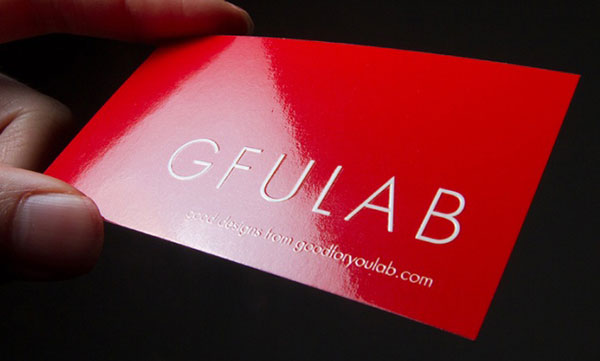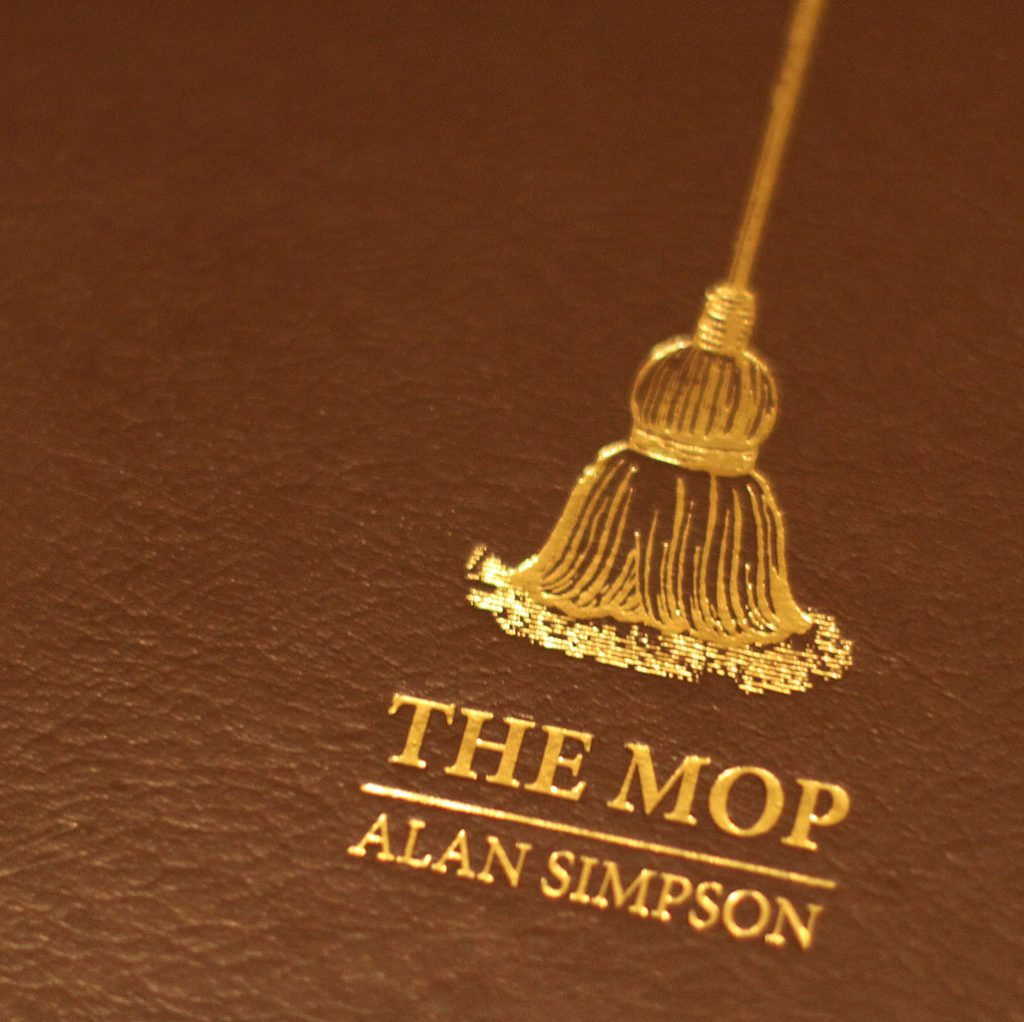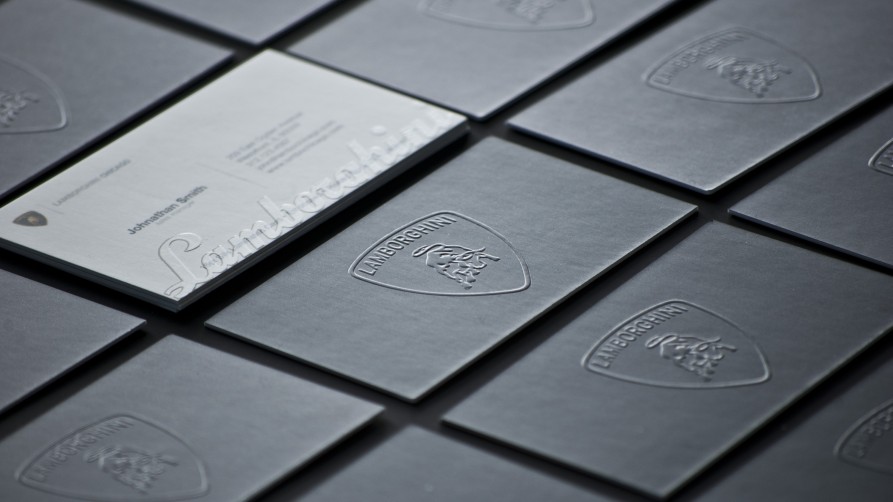The right print finish can have as strong an impact on your finished design as the design itself, but it can be easily forgotten amongst other important design considerations like bleed, DPI, and paper weight. Print finishes can inject some much-needed texture, add some heft, or simply improve the overall appearance and strength of your printed designs. So instead of just hitting Ctrl+P or sending your submission off to your printer as soon as you’re done, spend a little time thinking about your print finish – and what it can do for your design.
Start Off on the Right Foot
The basis (literally) for any good printed design is what it’s printed on. For single-sheet print jobs, like business cards or posters, use a heavier stock to add some weight and sturdiness; for multi-sheet jobs like books or pamphlets, use a lighter stock. Once you’ve figured out your substrate, you can turn your attention to print finishes.
There are several different types of print finishes available to any designer, including varnishes, lamination, foil stamping, embossing, and the classic favorite – Letterpress. Keep reading to learn the differences between each finish.
Varnishes
 Varnishes are applied to paper for the same reason they’re applied to wood – to give it a smooth, consistent texture and protect your design. Varnishes seal your printed material and they can be added to your entire page without adding much weight, which is why many high-quality books and magazines will use varnished pages.
Varnishes are applied to paper for the same reason they’re applied to wood – to give it a smooth, consistent texture and protect your design. Varnishes seal your printed material and they can be added to your entire page without adding much weight, which is why many high-quality books and magazines will use varnished pages.
There are tons of different varnishes available, including glossy and matte varieties, and the popular spot UV varnish.
Spot UV varnishes are applied and cured or hardened by a UV light during the printing process. This results in the spot application (“spot” – get it?) of a glossy coating wherever you want it. Spot UV varnishes add interesting texture and visual appeal, and they’re a great way to add dimension or flow to your design without compromising its message.
For all the different types of varnishes, check out this guide.
Lamination
Similar to varnish, lamination involves applying a protective layer of coating. However, laminate coating is usually made of some type of plastic, so it adds strength to your printed design and can also make it water resistant. Because lamination adds a more substantial coating to your design, it results in a heavier print that adds to its tactile feel. For this reason, it’s often used for business cards or books with soft covers.
Lamination can be glossy or matte. A high gloss laminate adds more contrast and can improve the sharpness of your design, while a matte laminate is more luxurious and understated. Keep your design and your client in mind when choosing a laminate finish – the right laminate can add that perfect final touch to your design.

Foil Stamping
Foil stamping refers to the application of metallic material using either heat or pressure. It’s certainly a luxurious printing finish, and it goes a long way to adding visual interest and texture to your printed design.
Foil stamping is often used for logos, but it can also be used for text. Make sure to talk to your printer about the best method for stamping, and be prepared to include a vector image of what you want foil stamped.

Embossing
Embossing creates a raised pattern on your printed page. This raised pattern can add emphasis or create texture by adding shadows and highlights to your design, and it looks great combined with other print finishes such as foil stamping.
You can easily emboss at home – many paper crafters emboss their projects on a regular basis, and the same principles can easily be applied to embossing for graphic design. However, professional embossing might look cleaner and more precise, and will certainly be less time consuming if you’re embossing several pieces (like business cards).

Letterpress
 Letterpress, also known as “debossing”, is the physical opposite of embossing. Instead of raising the pattern, Letterpress depresses or indents portions of your page. It can be used for any element, and can also serve as a method of applying ink. Letterpress is commonly used for printing wedding invitations.
Letterpress, also known as “debossing”, is the physical opposite of embossing. Instead of raising the pattern, Letterpress depresses or indents portions of your page. It can be used for any element, and can also serve as a method of applying ink. Letterpress is commonly used for printing wedding invitations.
There are a few things to keep in mind when designing for Letterpress or embossing. Because both printing finishes physically manipulate your paper, they can affect your design. If you want to include embossing or Letterpress, leave more space between your elements, especially letters, or use a larger font or typeface.
Die Cutting
Die cutting involves physically cutting shapes into your paper design. Die cutting normally involves creating a custom piece (known as a “die”), but your printer might have some standard pieces available for you to choose from. Dies can also be used to score or perforate your designs.
The Finishing Touches
Print finish is like the cherry on top of an ice cream sundae. Adding a unique finish is the perfect way to improve both the look and feel of your design; if you feel like your design is lacking a little oomph, try adding a glossy or spot UV varnish, or simply add a matte laminate to add some extra weight. Whatever the project, the perfect printing finish awaits!
Add Your Heading Text Here
Gube, Isaac. “A Guide to Print Finishes.” Design Instruct. August 30, 2013.
Panacchia, Ciara. “A Guide to Popular Printing Techniques.” Design Instruct. July 27, 2010.



